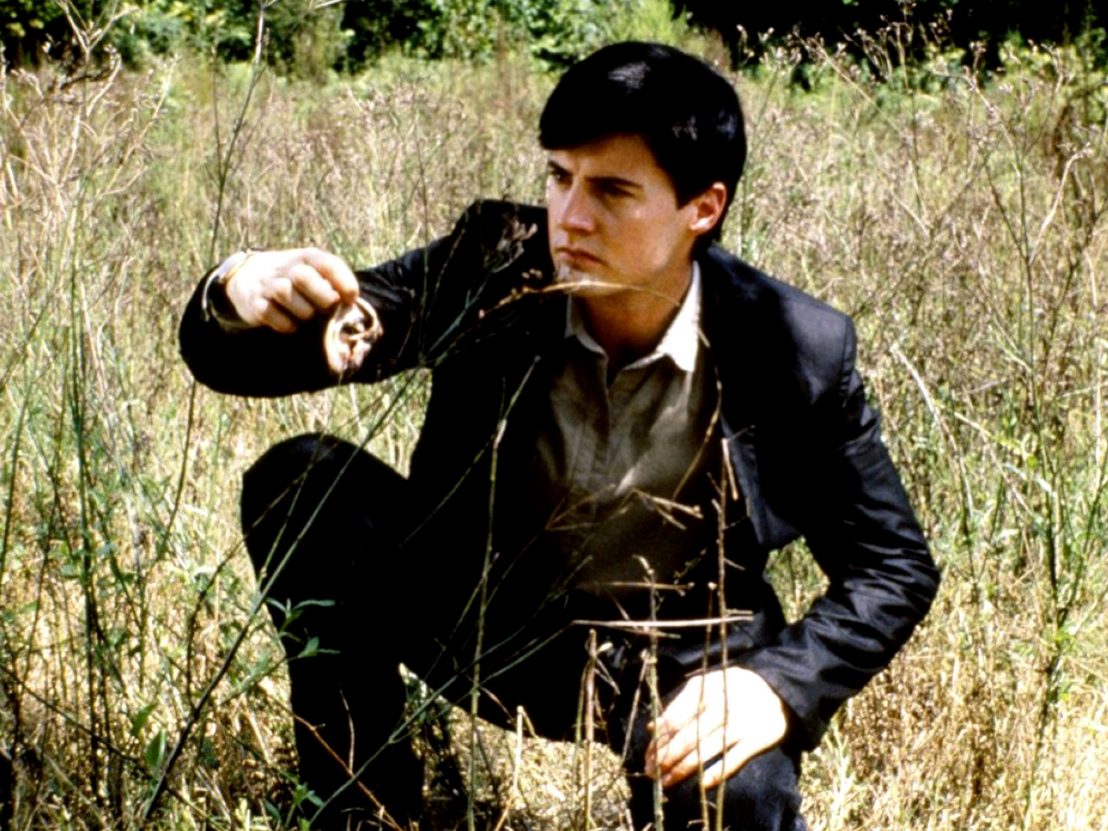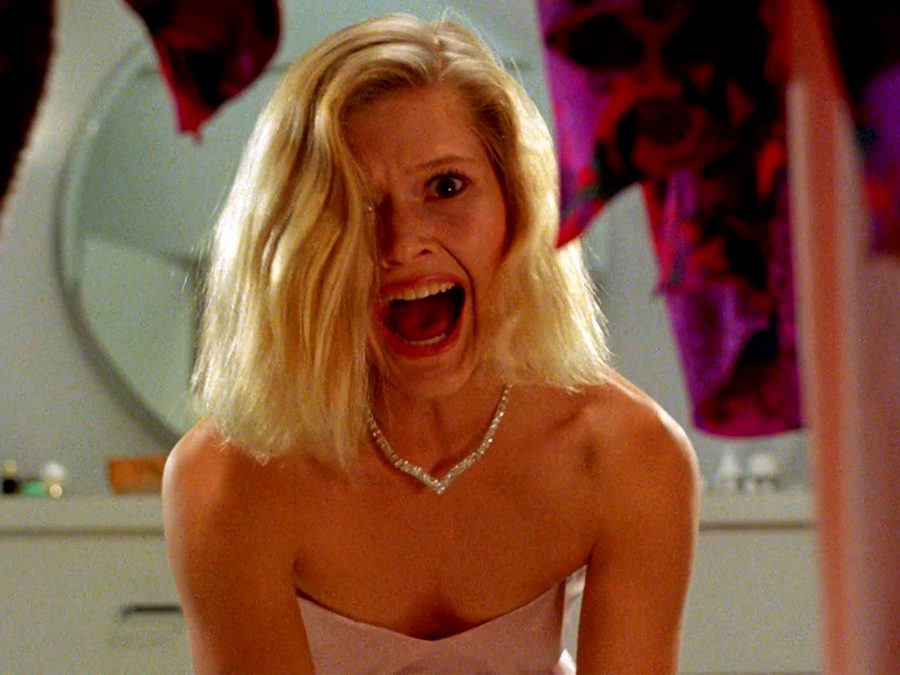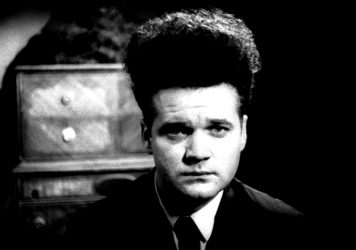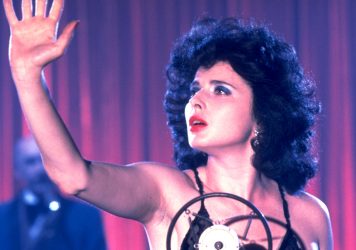
American suburbia has rarely been a place of contentment on screen. It’s so regularly entwined with the American Dream – a region of trimmed lawns, barbecues, men in fedoras and smiling apron-clad women – that it’s always seemed ripe for parody. There’s no longer anything revolutionary about a film set in suburbia where – shock horror! – its inhabitants are miserable. Post-war cinema had been steadily probing the backdrop as a source of satire, but it wasn’t until the 1980s when, with a flurry of David Cronenberg-inspired horror films, the depiction of the suburbs went completely crazy.
In the ’80s, suburbia was an easy target. David Lynch’s Blue Velvet highlighted the horrifying characters lurking behind pristine white picket fences, while Poltergeist pitched suburbia as a district quite literally covering up its flaws (the film’s haunted house sits atop a burial ground). Brian Yuzna’s body horror Society sees teenage Bill (Billy Warlock) discover that his family are part of a gruesome orgy for the social elite. Bob Balaban’s Parents features a suburban child gradually realising his parents are cannibals as they feed him suspicious “leftovers” on a nightly basis.
So why the pronounced shift to the grotesque in the ’80s? It all starts with the period after World War Two, when those who survived flocked to the suburbs to start their nuclear families and initiate the Baby Boom. Around this time depictions of suburbia in American cinema were predominantly sweetness-and-light. Recovering from wartime turmoil, audiences wanted optimism and escapism, in both their real lives and the lives they chose to view on-screen.
In reality, the suburbs offered security. Doris Day and Cary Grant were arguably the era’s biggest stars, and their schtick was straightforward: a couple meet, fall in love, and after a few twists and turns, wind up in each other’s arms. It was wholesome stuff, and everyone lived happily ever after within a three-act structure. The comfort for post-war America was ample – but it was all so blissfully idyllic, it was only a matter of time before people wised up to its falseness.

In the ’50s, a few mutterings of rebellion emerged. Douglas Sirk’s All That Heaven Allows and Nunnally Johnson’s The Man in the Gray Flannel Suit placed a sceptical eye on the setting. By the ’70s, suburban satire had become a sub-genre in itself, with The Stepford Wives and John Carpenter’s Halloween notably debunking the myth that suburbia was a place of safety, suggesting real peril lay beyond the hedges.
Then came the ’80s, an era that served as a bridge between ’70s experimental cinema and Video Nasties, a time of American Werewolf in London and Michael Jackson’s Thriller where gross-out special effects were the order of the day. It was also a time when television schedules were still primarily devoted to after-school specials about nuclear families resolving their issues in 22-minute chunks, hugging each other and learning valuable life lessons. American TV wasn’t yet sending up suburbia or politics. That responsibility was cinema’s alone. And US politics at the time was ripe for parody.
Ronald Reagan romped to a landslide victory in the 1980 presidential election, promising to restore Eisenhower-era values of family, small government and taking a harder line against international powers. In the UK, Prime Minister Margaret Thatcher held more seats than any Conservative since Harold Macmillan. Neoliberal conservatism had a stronghold on these major world powers, and along with this came nostalgia for the 1950s and the simplicity of good clean suburban living.
Now we again find ourselves in a world seduced by nostalgia, both politically and in terms of the media we consume. And the era we seem to be looking to most for escapism is the ’80s. Those who grew up in that decade were deeply nostalgic for the ’50s, and so tried to emulate that period. Perhaps nostalgia will always beget nostalgia – but rather than buying into nostalgia so readily, we should look at the movies of the time and consider what filmmakers were trying to say about the world then.
The cinema of the 1980s ridiculed 1950s nostalgia by suggesting it wasn’t real, and utilised increasingly extreme methods to labour that point across. Thirty years from now, perhaps people will be nostalgic for the 2010s.
Published 25 Jul 2018

Released 40 years ago, David Lynch’s lo-fi masterpiece is as weird and unsettling as ever.

David Lynch’s peek behind the curtain of smalltown USA remains as beautiful and unnerving as ever.

The writer/director’s dystopian arthouse flick holds a smudged mirror to white middle America.